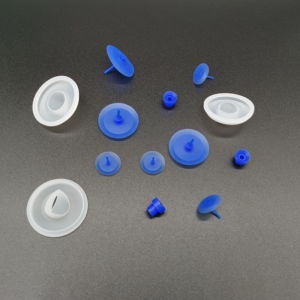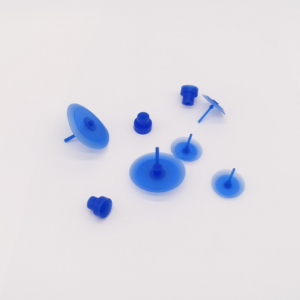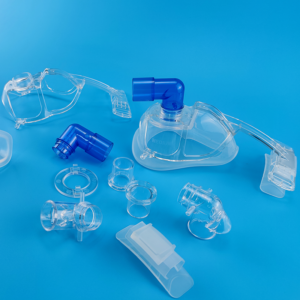Silicone is like the superhero of materials in the medical world. It’s very kind to our bodies, doesn’t break down over time, doesn’t leak any weird chemicals, and doesn’t cause any nasty allergic reactions. Additionally, it can be shaped into a variety of useful things, from soft wound gels to curved tubes used to drain substances from the body to implants that can remain in the body for long periods of time. Our medical silicone products are FDA compliant and feature high quality, durability and safety.


![]()
Now, the secret behind silicone’s versatility lies in its special formula. Picture this: It’s made up of a backbone of silicon and oxygen atoms, sort of like a molecular skeleton, with some organic side groups hanging off it. These side groups (such as methyl groups) determine the properties of the silicone, whether it is a liquid, a gel, or a more solid substance such as an implant.
But here’s where it gets interesting. By adjusting the length of the silicone backbone, adjusting these side groups, and joining the polymer chains together through a process called cross-linking, we can make a variety of different silicones. Cross-linking is like adding Lego bricks to connect polymer chains, turning soft silicone into something stronger.
There are several different methods of cross-linking silicone, depending on the product we are producing. One approach is to use special chemicals called free radicals to link polymer chains together. Another way to do this is by reacting with moisture in the air. Then there’s the addition-cure method, which mixes the different parts together, like making a cake, to initiate the cross-linking process.
Now, to enhance the mechanical properties of silicones, we often add fillers like fumed silica, which are basically tiny particles that strengthen the material and make it less viscous.
When it comes to making medical products from silicones, there are two main technologies: High Consistency Silicone Rubber (HCR) and Liquid Silicone Rubber (LSR).
HCR is like making it by hand with plasticine. We start with solid silicone rubber, press it into sheets, and partially cure it with some special additives. We then shape it into tubes for medical equipment, etc. This is a hands-on process, which means more scrap and labor is involved, but is fairly cost-effective in terms of equipment.
LSR, on the other hand, is more like baking cookies. We mix the silicone material in two parts, kind of like mixing flour and sugar, and then pour it into the mold. Part of the mixture contains a catalyst that starts the curing process, just a little heat and voila! We get perfectly molded medical parts. It’s more automated, which means less labor, but the molds can be expensive to make.
![]()

![]()
Both approaches have their advantages and disadvantages, but they are both essential for making a variety of life-saving and life-improving medical devices. Our LSR workshop is fully equipped and high-end. The products produced in this workshop include medical silicone masks, catheters and pipes, medical valves, etc. If you are looking for a supplier of LSR medical products, please do not hesitate to contact us.